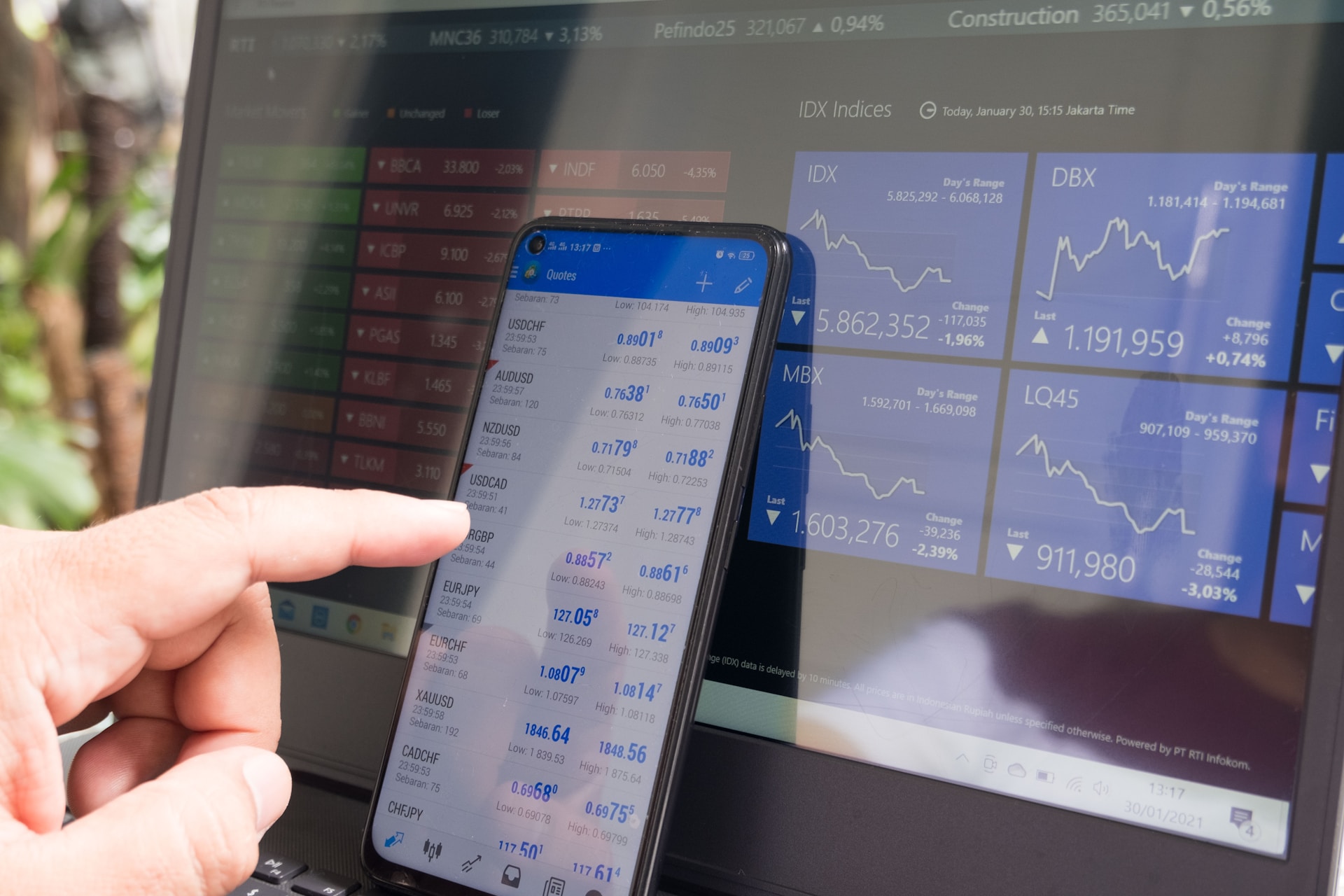
Introduction:
Welcome to the exciting world of crypto trading! As a beginner, navigating the complexities of the crypto market can be challenging, but with the right strategies, you can enhance your chances of success. In this comprehensive guide, we’ll delve into essential tips and strategies tailored for beginners in crypto trading, covering the analysis of trends, the use of technical indicators, and effective risk management.
Understanding the Basics:
- Educate Yourself: Before diving into crypto trading, invest time in understanding the basics of blockchain technology, the foundation of cryptocurrencies. Familiarize yourself with key terms, such as wallets, exchanges, and private keys.
- Choose a Reputable Exchange: Select a trustworthy cryptocurrency exchange that prioritizes security, offers a user-friendly interface, and provides a variety of trading pairs.
Analyzing Trends in Crypto Trading:
- Candlestick Chart Analysis: Learn to interpret candlestick charts, a common tool for analyzing price movements. Understand the different candlestick patterns and their implications for trend reversal or continuation.
- Trend Identification: Identify trends by looking for patterns such as higher highs and higher lows in an uptrend, or lower highs and lower lows in a downtrend. Use trendlines to visualize and confirm trend directions.
Using Technical Indicators:
- Moving Averages: Utilize moving averages to smooth out price data and identify the direction of the trend. The intersection of short-term and long-term moving averages can signal potential trend changes.
- Relative Strength Index (RSI): RSI helps assess the overbought or oversold conditions of an asset, indicating potential reversal points. Incorporate RSI into your analysis to gauge the strength of a trend.
- Bollinger Bands: Bollinger Bands measure volatility and can help identify potential breakout or breakdown points. Understand how to interpret price movements relative to the bands.
Effective Risk Management:
- Set Realistic Goals: Define your financial goals and risk tolerance before making any trades. Establishing clear objectives will guide your decision-making process.
- Position Sizing: Determine the size of your positions based on your risk tolerance. Avoid over-leveraging and risking more than you can afford to lose.
- Use Stop-Loss Orders: Implement stop-loss orders to automatically exit a trade if the price reaches a predetermined level. This helps limit potential losses and protects your capital.
- Diversify Your Portfolio: Spread your investments across multiple cryptocurrencies to reduce risk. Diversification can help mitigate the impact of a poor-performing asset on your overall portfolio.
Ongoing Learning and Improvement:
- Stay Informed: Crypto markets are dynamic and subject to rapid changes. Stay updated on market news, regulatory developments, and emerging technologies to make informed decisions.
- Learn from Experience: Reflect on your trades, both successful and unsuccessful. Continuous learning from your experiences is crucial for improving your trading skills over time.
Conclusion:
Crypto trading for beginners is a journey of learning, exploration, and growth. By understanding how to analyze trends, use technical indicators, and manage risk effectively, you can navigate the crypto market with greater confidence. Remember to start small, stay disciplined, and approach trading as a continuous learning process. Happy trading!























